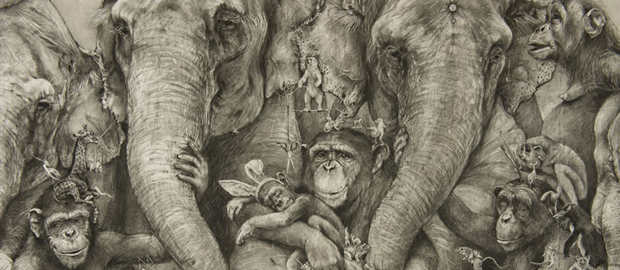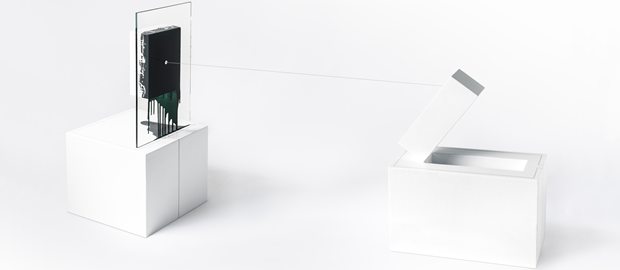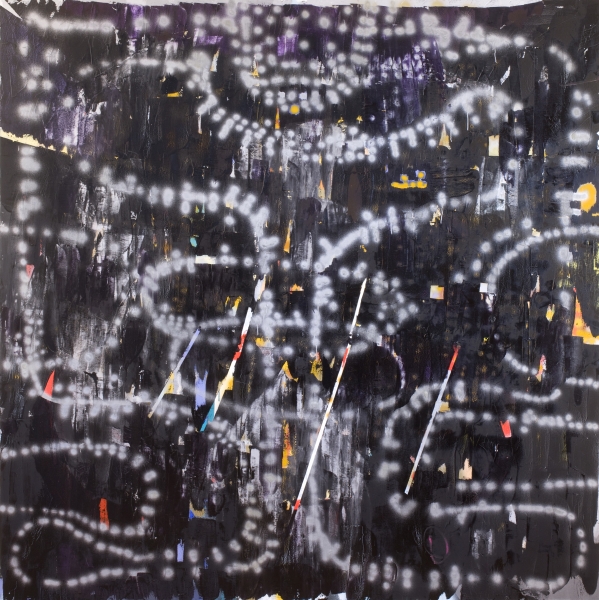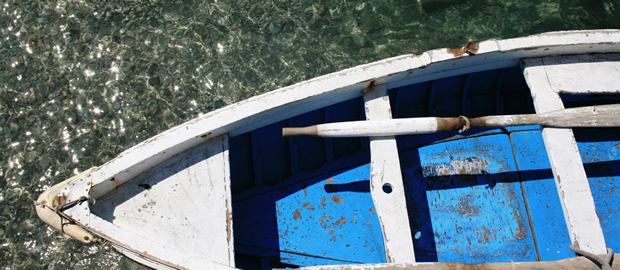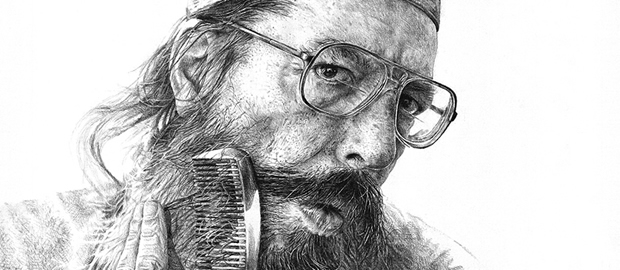Elephants is the award winning artwork prize for 2012 where she presents a series of life sized Elephants mixed with other wild animals. Elephants is a large scale paper drawing made with carbon pencil on paper. Elephants Artwork Installation Video in ArtPrize 2012 https://www.youtube.com/watch?v=7V7pF-FvOTo The World of Adonna Khare https://www.youtube.com/watch?v=8dxbbEPQvTk
Adona Khare is a painter from a small town in Iowa, her work is created using only a pencil, an eraser and a sock while her drawings feature animals in a surreal world in an effort to inspire adults and children to use their imagination in order to build their own world other than their own.

